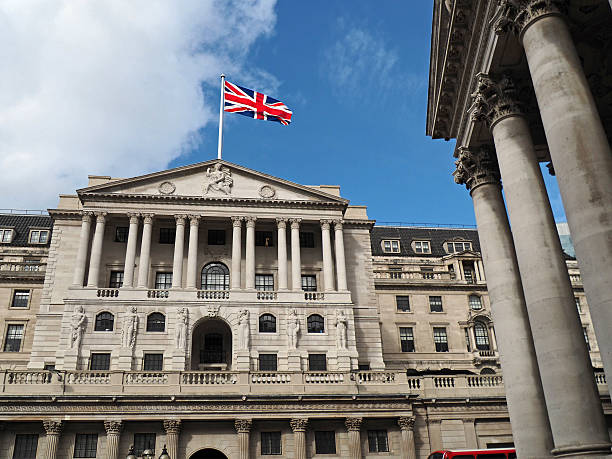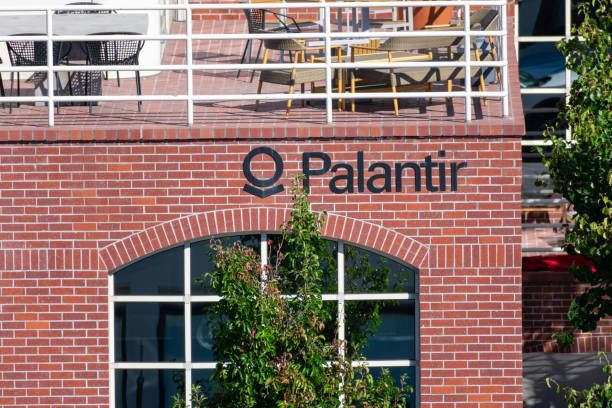Russians can now buy suspicious A7A5 stablecoins with cards issued by sanctioned bank

Russian citizens are now able to purchase the rubble-pegged stablecoin A7A5 using the payment cards of a bank placed under Western sanctions.
The crypto is believed to be used to move Russian funds globally, in circumvention of financial restrictions imposed over Moscow’s invasion of Ukraine, and to launder money.
Its alleged links to a fugitive Moldovan oligarch and the Kyrgyzstan-registered Grinex, alleged successor of Russian crypto exchange Garantex, have also raised concerns.
A7A5 stablecoin available to Russian card holders
Ruble-backed A7A5 coins can now be acquired using bank cards, Russian crypto media unveiled, quoting an announcement by the project’s team on Monday.
As of now, the new option is only available to holders of cards issued by PSB Bank, but the plan is to add support for other cards in the future, leading Russian crypto news outlet Bits.media noted in a report.
A card purchase of A7A5 stablecoins can be initiated through a personal account on the issuer’s website, which is registered in Kyrgyzstan.
To do that, users are required to provide a Russian phone number and pass identity verification, including sharing passport details and proof of address.
To finalize a purchase, they need to specify an amount of tokens they want to buy and select a network, either Ethereum or Tron. Upon payment, the coins are credited to their wallet.
Traders can also sell their stablecoins and receive Russian rubles that will be transferred to the bank accounts linked to their payment cards.
The threshold for purchases is 100 tokens. Withdrawals are possible for at least 600. The monthly limit is 1.2 million A7A5, split equally between purchases and sales.
A7A5 can be exchanged for U.S. dollar-tied Tether (USDT) stablecoins or stored in a wallet, which yields around 8% in annual interest.
Only citizens of the Russian Federation who have accounts with the PSB can currently take advantage of the card-based service.
Ruble stablecoin grows amid worries about its purpose
The A7A5 is a relatively new stablecoin project. Launched in February of this year, it’s advertised as a cryptocurrency backed by deposits in PSB, formerly Promsvyazbank.
The latter is a state-owned Russian institution, targeted with sanctions imposed by the United States, the European Union, the U.K. and Canada over Russia’s aggression against Ukraine.
A7A5 holders are paid daily passive income amounting to half of the accruals on the bank deposits.
The stablecoin is issued by a company called Old Vector, an entity registered in a Central Asian jurisdiction, which allows legal operations with both Russian currency and digital assets, Bits.media remarked.
The cryptocurrency has been linked to the Kyrgyzstan-based crypto exchange Grinex, believed to have succeeded the Russian crypto exchange Garantex, whose website was seized by U.S. law enforcement earlier this year.
Weeks after Garantex was shut down, Grinex started processing withdrawals with A7A5 tokens. The Financial Times alleged in an article that the stablecoin has been used to transfer over $9 billion in just four months.
In a report published last month, TRM Labs said it found that “Kyrgyz-registered exchanges have repeatedly facilitated transactions linked to sanctioned Russian entities.”
The blockchain forensics firm pointed to “a growing pattern of Russian actors exploiting the Central Asian nation to evade sanctions and procure dual-use goods for the war in Ukraine.”
While the A7A5 team claims its project is “fully independent,” the stablecoin was created by A7, a Russian company with a majority stake owned by Moldovan oligarch Ilan Shor.
After being convicted of bank fraud in his home country, Shor fled to Russia a few years ago. The businessman, now a Russian citizen, has been accused of buying votes during the latest elections in the former Soviet republic.
Promsvyazbank holds shares in A7, too. Last year, the Chief of Moldova’s General Police Inspectorate, Viorel Cernăuțeanu, alleged that PSB was also involved in buying votes in his country.
The smartest crypto minds already read our newsletter. Want in? Join them.





